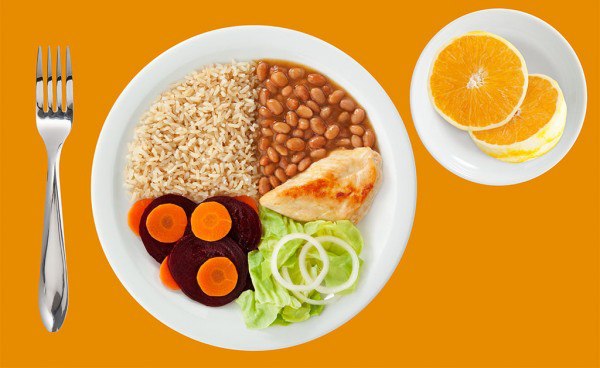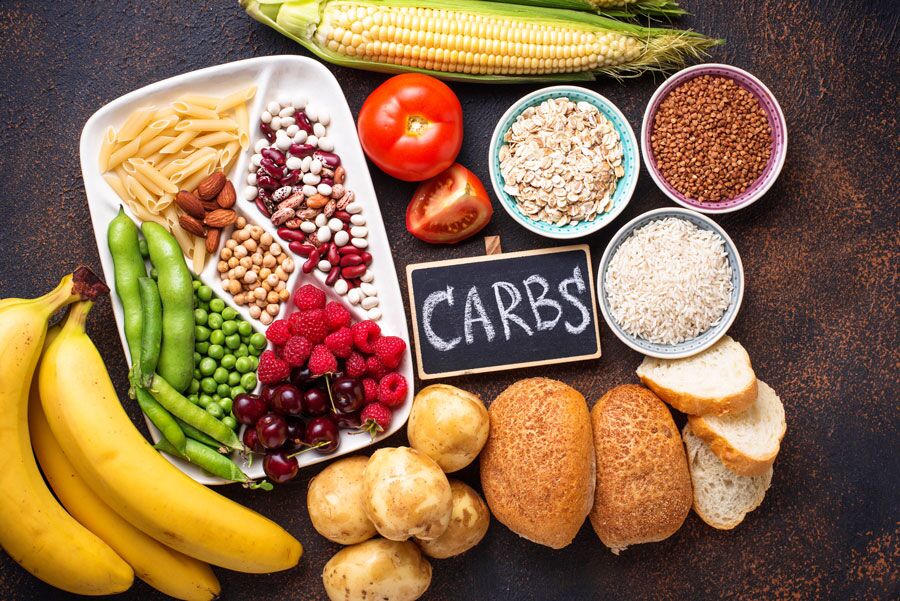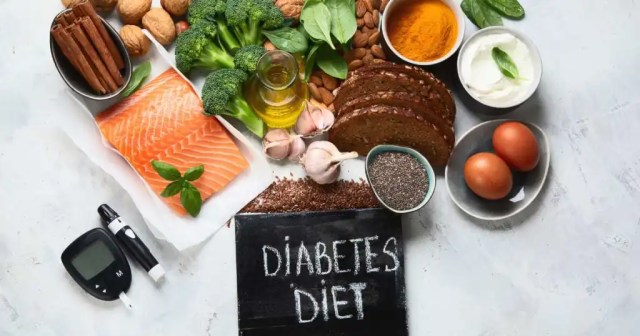Let’s talk about a chronic disease affecting millions of people worldwide: diabetes. You’ve probably heard of it before—but do you know what it actually does or how it develops? Let’s explore it in depth and gain a better understanding of how it affects the body and how we can manage or prevent it.

Diabetes is a condition in which the body loses its ability to properly metabolize blood sugar (glucose), causing consistently high blood sugar levels. Over time, this can lead to severe health complications such as cardiovascular disease, nerve damage, kidney failure, and vision loss if not properly managed.
There are three main types of diabetes: Type 1, Type 2, and Gestational Diabetes. Gestational diabetes occurs during pregnancy and typically resolves after childbirth. In this article, we will focus on the most common and widely studied types—Type 1 and Type 2 diabetes.
🔬 Type 1 Diabetes

Type 1 diabetes is an autoimmune condition in which the immune system mistakenly attacks the insulin-producing beta cells in the pancreas. As a result, the body becomes unable to produce insulin—a hormone that helps glucose enter the body’s cells for energy use.
This condition usually develops in childhood or adolescence, but it can occur at any age. It is not caused by lifestyle factors and cannot be prevented. People with Type 1 diabetes require daily insulin therapy to survive and manage blood glucose levels.
Alongside insulin therapy, individuals with Type 1 diabetes should adopt healthy habits to ensure better control over their condition. These include regular blood sugar monitoring, dietary planning, and exercise.
- Daily insulin injections or insulin pump usage
- Monitoring blood glucose multiple times a day
- A balanced, carbohydrate-conscious diet
- Consistent physical activity
- Stress management techniques
⚙️ Type 2 Diabetes & Insulin Resistance
Type 2 diabetes begins with insulin resistance. This means that even though the pancreas produces insulin, the body’s cells become less responsive to it. To compensate, the pancreas releases even more insulin until it eventually can’t keep up, resulting in rising blood glucose levels.
This condition is strongly associated with lifestyle factors, such as poor diet, obesity, lack of physical activity, and genetic predisposition. It typically develops in adults over the age of 45, but is increasingly seen in younger individuals due to rising obesity rates.
- Overconsumption of sugary and fatty foods
- Chronic high-calorie intake
- Lack of physical activity
- Excess weight, especially abdominal fat
- Family history of diabetes
Fortunately, unlike Type 1, Type 2 diabetes can often be prevented or even reversed through meaningful lifestyle changes when detected early. Recognizing insulin resistance and prediabetes is a key part of prevention.
⚠️ Symptoms of Type 2 Diabetes

The symptoms of Type 2 diabetes can be subtle and often go unnoticed for years. They are typically the result of high blood sugar levels over time.
- Excessive thirst and dry mouth
- Frequent urination, especially at night
- Persistent fatigue and tiredness
- Blurred or fluctuating vision
- Slow-healing wounds and frequent infections
- Tingling or numbness in hands or feet
- Recurring yeast infections
If you recognize these symptoms, consult a healthcare provider. Early diagnosis can significantly improve long-term outcomes.
🛡️ Managing & Preventing Type 2 Diabetes

Prevention and management of Type 2 diabetes are based on lifestyle modifications that support metabolic health. Here are the most impactful strategies:
- Nutrition: Prioritize fiber-rich whole foods such as leafy greens, fruits, legumes, and whole grains. Reduce intake of processed and sugary items.
- Psyllium Fiber: Taking 6–10g of psyllium dissolved in water 15 minutes before meals may reduce appetite and improve glucose absorption.
- Meal Planning: Fill half your plate with vegetables, a quarter with lean protein (e.g., chicken, fish, legumes), and a quarter with healthy carbohydrates (e.g., sweet potatoes, brown rice).
- Exercise: Engage in moderate physical activity at least 30 minutes daily—walking, cycling, or strength training are all effective.
- Weight Management: Losing just 5–10% of body weight can significantly improve insulin sensitivity.
- Limit Alcohol: Alcohol can impair insulin response and damage the pancreas over time.
- Medical Supervision: Never stop or change your medication without your doctor’s guidance.
🍞 Carbohydrates and Diabetes

When people think of diabetes, they often assume carbohydrates must be completely eliminated. But this is a myth. Carbohydrates are essential macronutrients that serve as a primary energy source for the body.
What matters most is the type of carbohydrate and how it’s consumed. Simple sugars like glucose and fructose are absorbed quickly, spiking blood sugar. Complex carbs such as whole grains, legumes, and vegetables are digested more slowly and provide fiber, vitamins, and minerals.
Instead of eliminating carbs, focus on balancing them with proteins and healthy fats to slow absorption and improve blood sugar stability. Avoid ultra-processed options like white bread, refined pasta, and sugary treats when possible.
Also, remember: even fruits and vegetables contain carbohydrates, but they are valuable sources of antioxidants and nutrients. Removing them from the diet can lead to nutritional deficiencies over time.
✅ Final Thoughts
Diabetes is a serious condition, but with proper awareness, early detection, and healthy lifestyle habits, it can be prevented or well-managed. Whether you are living with diabetes or seeking to reduce your risk, every small choice contributes to a healthier future.
Empower yourself and others with knowledge. Share this article with someone who could benefit from understanding diabetes better. 💙
Check a giant list of good foods for diabetics: https://diabetes.org/food-nutrition/food-and-blood-sugar/diabetes-superstar-foods
Read more relevant content here: https://www.vivviral.com



